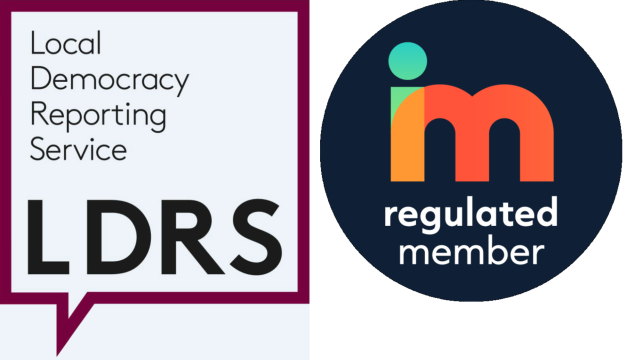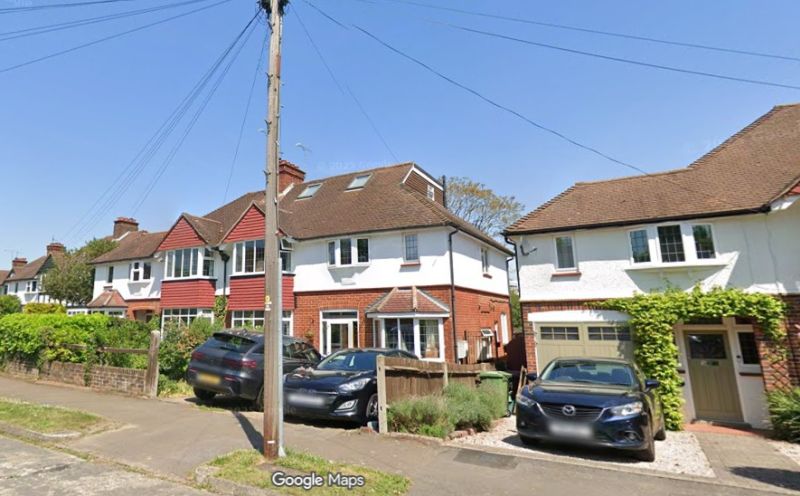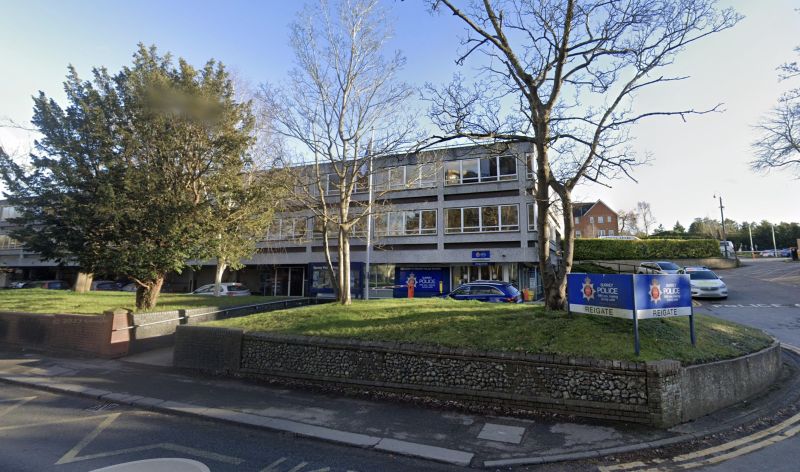Thames Water hopes £37m investment will end record sewer flooding
Thames Water has said it will spend £37m upgrading its Mole Valley network raising hopes it could spell the end of homes, gardens and rivers being flooded with sewage waste.
The private utility company came in for heavy criticism for the “damage it has inflicted” despite huge profits and shareholder payouts while its pipe network falls into disrepair during the latest scrutiny committee meeting at Mole Valley District Council.
However, it hopes investment projects in Dorking, Earslwood, and Horley will increase its ability to manage storm flows, treat more waste water, and prevent “effluent” flooding rivers and waterways.
The investment was welcomed as a step in the right direction but many at the meeting aired their disappointment with the firm for letting the situation get this bad.
Last year, Thames Water spent 13,101 hours pumping sewage into the River Mole and its tributaries according to new government data seen by the MP – an increase of 10.9 per cent despite there being less rain.
Speaking after the meeting, the Dorking and Horley MP, Chris Coghlan, described the record as “simply unacceptable” but has since had assurances from Thames Water and environmental regulators that “long overdue” upgrades were on the way
He said: “For years, the entire water industry has been poorly managed and woefully under-regulated.
“To expect hard-pressed customers to now pick up the tab for 35 years of under-investment by Thames Water, while the company continues to flood my constituents’ homes and gardens with disgusting sewage is shocking.
“The Government and Ofwat have a duty to hold the water companies to account”, he said, adding that the regulator needed to be replaced with a body that would “will make Thames water pay up for the damage it has inflicted.”
In Dorking, Thames Water is putting £16m into new storm tanks to treat incoming sewage and reduce dumping of untreated waste.
At its Earlswood site, just outside Mole Valley, it will increase treatment volumes from 340 to 440 litres per second, helping to prevent effluent going into the river – and what does will be of a higher quality.
Horley will benefit from upgrades to improve performance in wet weather.
Councillor Stephen Cooksey, leader of Mole Valley District Council told the meeting: “The question that flows through my mind is, although you can’t answer it tonight, is how as a responsible company you’ve allowed your infrastructure to get into such a dreadful condition?”
Thames Water’s Alice Keeping described the £37m as “a substantial amount of money that we are going to invest going forward”.
A Thames Water spokesperson said: “In 2024 parts of our region experienced some of the wettest months in 250 years. This overwhelmed our sewer network which resulted in diluted wastewater being released into rivers. While all storm discharges are unacceptable, the sewage systems were designed in this way to prevent sewage backing up into people’s homes.
“Over the next five years we will deliver a record amount of investment across our network.
“We continue to execute our plans to upgrade over 250 of our storm overflows to reduce the number of storm discharges including at our sites in Crawley and Horley.
Esher Mill Road overflow sewage site (image Chris Caulfield)















